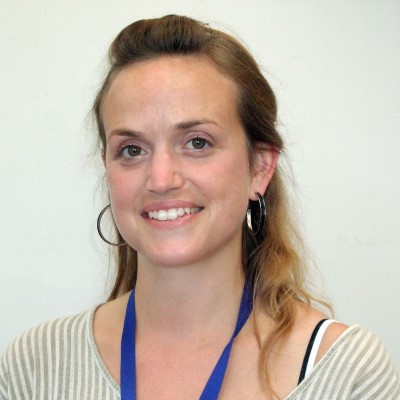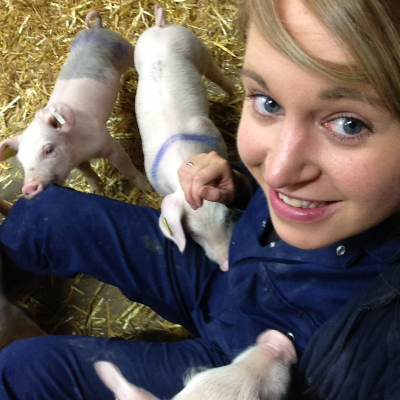CIEL | Meet the Scientist
Dr Fiona Houston
Group Leader | Chair of the Large Animal Steering Group

What project/s are you currently working on?
My research group focuses primarily on prion diseases, such as scrapie and bovine spongiform encephalopathy (BSE), and I also have an interest in other infectious diseases of small ruminants. The projects we are currently working on include development of sensitive diagnostic tests for early diagnosis of prion diseases (before the signs of disease develop) in animals and humans. Such tests would be an invaluable tool in controlling the spread of these diseases, and potentially improving therapeutic outcomes in humans by identifying affected individuals at an early stage of disease development.
We are also leading a European research consortium to investigate the risks to wildlife, livestock and humans posed by the recent emergence of chronic wasting disease (CWD), a prion disease of deer, in Scandinavia. This will help us to understand whether CWD is likely to become widespread in Europe, as it has in North America, and inform strategies for surveillance and control.
What capability are you drawing on to deliver the research?
Our past research in sheep has enabled the collection of a large sample archive, which remains an invaluable resource for current and future research. Our work is also now supported by the research capability offered by the Large Animal Research and Imaging Facility (LARIF), developed in partnership between the University of Edinburgh and CIEL. The LARIF houses an unparalleled combination of imaging, surgical, gene-editing and infection containment facilities, offering exceptional specialist capability for in-depth studies into the health and wellbeing of all major farmed livestock.
What would be your ideal research project, assuming no barriers!
I am very keen to continue our work on diagnostic tests for prion diseases, with further technical development to improve sensitivity and enable robust, high-throughput and/or on farm testing.
Controlling prion diseases is particularly challenging because of the difficulty in identifying infected individuals during the long asymptomatic incubation period (often extending to years), when they can be infectious to others. Similar challenges apply to other so-called “iceberg” chronic infectious diseases of sheep and small ruminants, e.g. ovine pulmonary adenomatosis/Jaagsiekte, Johne’s disease, Maedi-visna, which can cause significant but often unrecognized losses in productivity.
My ideal research project would be to work in collaboration with farmers and test developers to produce improved and cost-effective diagnostic tests and flock monitoring schemes to reduce the incidence and spread of these diseases.
How did you arrive at doing what you do now?
I qualified as a veterinary surgeon from the University of Edinburgh, did an internship in Large Animal Medicine at the Western College of Veterinary Medicine in Saskatchewan, Canada, and worked for three years in a mixed veterinary practice in England.
Due to my interest in infectious diseases of ruminants, I moved to the Institute for Animal Health and did a PhD project on the immunopathogenesis of the parasite Theileria parva in cattle. I was then offered the opportunity to lead a group at IAH, overseeing the development of a major new research facility for projects on the pathogenesis and transmission of prion diseases in sheep.
Later I moved to the University of Glasgow Veterinary School as a research fellow and lecturer in Large Animal Clinical Sciences and Public Health, before joining the Roslin Institute as a group leader in 2013, where I have continued my research on prion diseases.
I am also the chair of the Large Animal Steering Group, which provides academic oversight of the management and activities of Roslin Large Animal Research facilities, including the CIEL co-funded Large Animal Research and Imaging Facility (LARIF).
You’ve spent several years researching into prions in ruminants, what has been your most important discovery so far?
The discovery that has had the greatest impact was the demonstration that prion diseases such as scrapie and BSE can be transmitted very efficiently by blood transfusion in sheep.
Previous to this, levels of the infectious agent in blood were estimated to be very low and therefore the risk of transfusion transmission considered negligible. The relevance our findings in sheep was borne out when cases of vCJD were subsequently identified in people transfused with blood products from donors who went on to develop vCJD, and our results were used to inform and justify control measures introduced by human transfusion services. The fact that blood was infectious, despite containing minute quantities of misfolded prion protein (PrPSc), also paved the way to understanding how scrapie and CWD could be transmitted through shedding of prions at similar levels in other body fluids e.g. urine, saliva, milk.
Find out more about our Founding Research Member, University of Edinburgh.







